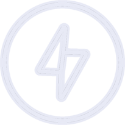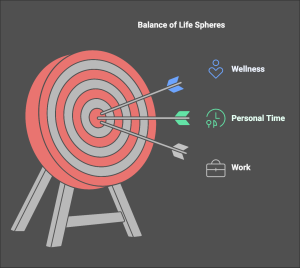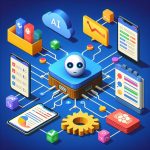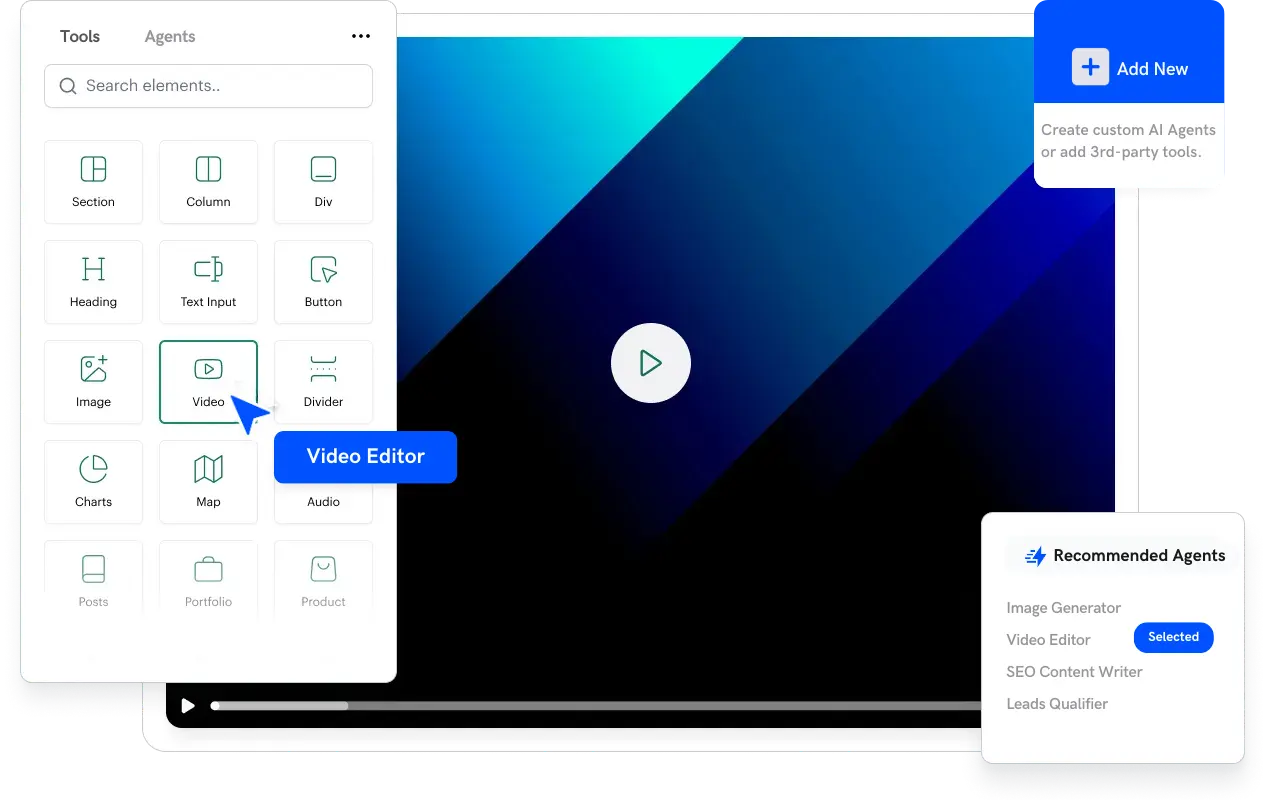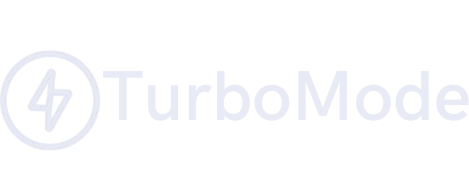Achieving work-life balance in 2025 has become a pressing challenge as the digital age, hybrid work, AI-powered tools, and remote collaboration continue to shape professional and personal lives. With increasing work demands, maintaining mental health, setting clear boundaries, and optimizing productivity are now essential. Whether you are a tech project manager, business professional, content creator, or young entrepreneur, finding a sustainable approach to managing work and life is key to long-term success and well-being.
The Evolving Definition of Work-Life Balance
Work-life balance is no longer about rigidly separating work hours from personal time. Instead, it’s about harmonizing work and personal life to create a fulfilling lifestyle. In 2025, the focus is shifting towards flexibility and personalization as professionals and businesses redefine success through adaptable work models.
Key Trends Influencing Work-Life Balance in 2025:
- Hybrid Work Environments: Many organizations now offer flexible work arrangements, allowing employees to work from home or co-working spaces.
- AI and Automation: Advanced AI-powered tools reduce repetitive tasks, enabling professionals to focus on strategic and creative activities.
- Mental Health Awareness: Companies are prioritizing employee well-being, offering wellness programs and mental health resources.
- Personalized Productivity Approaches: Professionals are adopting tailored workflows, productivity apps, and AI assistants to work smarter.
Setting Boundaries for a Sustainable Work-Life Balance
One of the biggest challenges in today’s work culture is the constant connectivity that blurs the lines between work and personal life. Here’s how to set boundaries effectively and ensure work doesn’t take over your personal life:
Actionable Strategies:
- Use Technology to Your Advantage: Utilize tools like Slack, Microsoft Teams, and Google Calendar to schedule “do not disturb” hours, ensuring uninterrupted personal time.
- Communicate Expectations Clearly: Let colleagues, clients, and family members know your work hours and availability to minimize conflicts.
- Establish a Dedicated Workspace: Whether working remotely or in an office, having a defined workspace can help mentally separate work from leisure.
- Avoid Overworking: Set realistic deadlines and prioritize high-impact tasks to prevent burnout.
- Turn Off Notifications After Hours: Limit work-related messages after a certain time to create a healthier work-life separation.
Prioritizing Self-Care to Enhance Productivity
Work-life balance isn’t just about time management—it’s about maintaining physical and mental well-being. A well-balanced lifestyle improves focus, boosts creativity, and enhances productivity.
How to Integrate Self-Care into Your Routine:
- Schedule Regular Breaks: Follow techniques like the Pomodoro Method (25-minute work sessions with 5-minute breaks) to stay focused while ensuring rest periods.
- Invest in Physical Health: Exercise, a balanced diet, and adequate sleep contribute to sustained productivity and prevent burnout.
- Incorporate Mindfulness Practices: Meditation, deep breathing exercises, and journaling can reduce stress and improve focus.
- Engage in Hobbies: Pursuing passion projects, creative outlets, or relaxation activities helps recharge your mind and maintain emotional well-being.
The Impact of Self-Care on Work-Life Balance:
- Reduces stress and mental fatigue.
- Enhances problem-solving abilities and creativity.
- Strengthens emotional resilience and work satisfaction.
Leveraging Productivity Tools for Efficiency
With the right digital tools, professionals can streamline tasks, enhance efficiency, and improve time management. Here are some AI-powered solutions to help optimize workflow:
Best Productivity Tools for 2025:
- Task Management Apps: Platforms like Notion, Trello, and Asana help in organizing and prioritizing tasks effectively.
- AI-Powered Assistants: Tools like ChatGPT, Motion, and Zapier automate routine tasks, reducing workload.
- Time-Blocking Techniques: Apps like Google Calendar, Clockify, and RescueTime enable structured time management, preventing work overload.
- Focus Enhancement Tools: Distraction-blocking apps like Freedom and Cold Turkey assist in maintaining deep focus.
Benefits of AI and Automation in Work-Life Balance:
- Reduces Cognitive Load: AI handles administrative and repetitive tasks, freeing up time for high-value work.
- Minimizes Meeting Overload: Smart scheduling tools prevent calendar conflicts and automate reminders.
- Enhances Decision-Making: AI-powered analytics help professionals optimize workflow patterns for maximum efficiency.
Balancing Professional Growth and Personal Fulfillment
A key aspect of achieving work-life balance is ensuring career advancement does not come at the cost of personal well-being. Here’s how professionals can grow their careers while maintaining balance:
Strategies for Sustainable Career Growth:
- Set Career Milestones: Define clear, achievable goals that align with both professional success and personal fulfillment.
- Develop a Learning Routine: Dedicate time for continuous learning through online courses, podcasts, or mentorship.
- Network Without Burnout: Attend industry events or webinars strategically to expand your professional circle without overwhelming yourself.
- Seek Flexibility: Advocate for customized work arrangements that fit your lifestyle and productivity preferences.
The Future of Work-Life Balance in 2025 and Beyond
As the workplace continues to evolve, the emphasis on flexibility, automation, and mental well-being will redefine how professionals manage work-life balance. Here are key trends shaping the future:
What to Expect:
- AI-Powered Virtual Workspaces: More advanced AI-driven solutions for task automation and smart scheduling.
- Increased Focus on Mental Health: Organizations investing in holistic wellness programs for employees.
- Enhanced Remote and Hybrid Models: More companies offering customized work options to promote a balanced lifestyle.
- Greater Work-Life Integration: Businesses recognizing that productivity thrives when employees are mentally and physically well.
Conclusion
Mastering work-life balance in 2025 requires a proactive and flexible approach tailored to individual needs. By setting clear boundaries, prioritizing self-care, and leveraging modern technology, professionals can create a sustainable and fulfilling lifestyle.
As the workplace continues to evolve, embracing adaptability, well-being, and AI-powered productivity tools will be the key to long-term success in both personal and professional spheres. Work-life balance isn’t about working less—it’s about working smarter while prioritizing mental health, happiness, and overall well-being.
Start integrating these strategies today and take control of your work-life balance for a healthier, more productive future!
#WorkLifeBalance #Productivity #RemoteWork #SelfCare #AIforEfficiency #HybridWork #MentalHealth #TimeManagement

